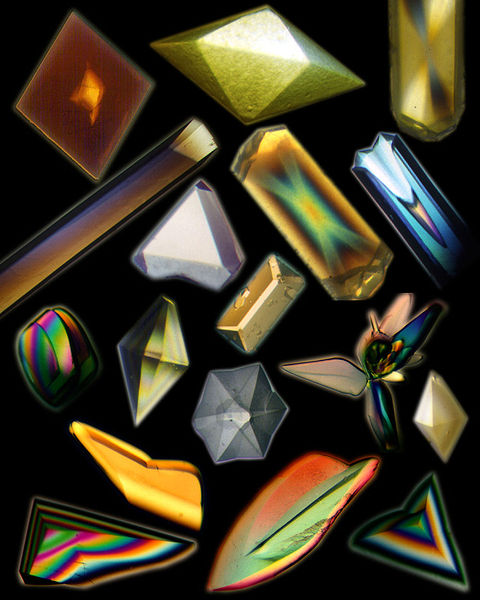Since the main bottleneck in determining the structure of protein isolates is the preparation of isolated single crystals at a good level, improved synthesis methods will be extremely useful in a wide range of research in the fields of medicine and genetics.

A study published in the scientific journal Journal of Chemical Physics describes the use of fluorescence correlation spectroscopy (FCS) to study the processes that occur on the surface of growing crystals. By focusing a laser beam towards the surface of the crystal and measuring the resulting fluorescence, the FCS measurement method is able to provide particularly excellent separation at the level of a single wavelength of light.
"Another advantage of fluorescence lies in the fact that it provides a high signal-to-noise ratio," says researcher Shinpei Tanaka from Hiroshima University in Japan. "We are able to measure very dilute solutions in the surface area of the crystal."
The researchers discovered that when tetragonal single crystals of lysosome from an egg source were formed, there was no concentration cascade between the solution and the surface of the crystal. However, in the formation of a tangle of needle-like crystals, the concentration in the surface area was several orders of magnitude higher than the concentration of the general solution. The researchers believe that the reason for this difference originates from the clusters (aggregates) of weakly connected furrows near the surface. The characterization of the dynamics that occurs near the growing crystal using the FCS method may provide a new direction of research to improve the formation process - which is currently considered a scientific art based on trial and error - since these crystals are not suitable for structural characterization.
"Although we knew that there was a certain difference between the two forms of crystals, the degree of concentration of the moles in the needle-like crystals compared to that of the tetrahedral single crystals surprised us," the researcher points out. The analytical findings may lead to improvements in the isolation and acceptance of high-grade bio-crystals. For example, the findings imply that local heating using a laser beam could be used to control the local concentrations and prevent the acceptance of crystals in unwanted configurations.
